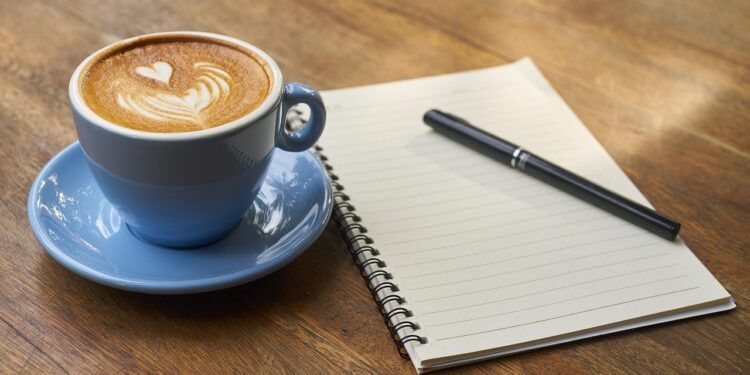Ultimate Beginner’s Guide to Brewing Coffee
Brewing the perfect cup of coffee is an art that every coffee lover yearns to master. Whether you’re a seasoned coffee enthusiast or a newcomer eager to enhance your morning ritual, understanding the basics of coffee brewing is the key to achieving that barista-level quality at home. This guide simplifies the coffee brewing process with essential tips and answers to common questions, ensuring you can enjoy a delightful coffee experience anytime.
Introduction to Coffee Brewing
Coffee brewing might seem daunting at first, but with the right knowledge and tools, you can easily become proficient. To start, you need to understand the basic components that influence the quality of your brew. These include the coffee beans, the grind size, water quality, brewing time, and equipment. Choosing high-quality, freshly roasted beans is the foundational step toward excellent coffee.
Choosing the Right Coffee Beans
The choice of coffee beans greatly affects the flavor and aroma of your brew. Coffee beans are primarily available in two varieties: Arabica and Robusta. Arabica beans are known for their smooth, complex flavor profiles, while Robusta beans generally offer a stronger, more robust taste. For beginners, it’s advisable to start with Arabica beans due to their wider acceptance and appealing flavors.
Importance of Freshness
Freshness is critical in coffee brewing. Coffee beans should be used within weeks of roasting, and once ground, coffee begins to lose its freshness much more rapidly. To preserve your coffee’s flavor, store beans in an airtight container away from light and heat, and only grind them just before brewing.
Understanding Coffee Grind Size
The grind size of your coffee plays a crucial role in the brewing process, as it affects the extraction rate and thus the overall taste of your coffee. The right grind size varies depending on the brewing method:
- Coarse Grind: Ideal for French press and percolators.
- Medium Grind: Suitable for drip coffee makers.
- Fine Grind: Best for espresso machines.
Investing in a good burr grinder will help you achieve consistent grind sizes and ultimately, better tasting coffee.
Coffee Brewing Methods
There are several popular methods for brewing coffee, each providing different flavors and experiences:
Drip Coffee Brewing
Drip brewing is one of the most common methods, particularly in the United States. It involves pouring hot water over ground coffee, which then drips through a filter into a carafe or mug. Machines like the automatic drip brewer make this process convenient and consistent, ideal for those who need a quick, reliable method to make multiple cups of coffee.
French Press
The French press, or press pot, offers a more hands-on brewing method, allowing more control over the time and temperature. Coffee is steeped in boiling water for several minutes, then separated by pressing down a metal or plastic plunger through a mesh sieve. The result is a richer and fuller-bodied cup of coffee.
Espresso
Espresso is a favorite for many coffee aficionados and is the base for drinks like lattes and cappuccinos. Espresso requires fine coffee grounds and a special machine that uses high pressure to force water through the coffee. This method extracts a concentrated, flavorful shot of coffee.
AeroPress
The AeroPress is a relatively new method that has quickly gained popularity for its versatility and convenience. It uses air pressure to push hot water through coffee grounds, creating a smooth and strong coffee. It’s portable and quick, perfect for brewing single cups of coffee directly into a mug.
Brewing the Perfect Cup
To brew the perfect cup of coffee, consider the following steps:
- Measure accurately: Use about 2 tablespoons of coffee per 6 ounces of water as a starting point, and adjust to taste.
- Mind the water: Use fresh, filtered water heated to about 195°F to 205°F.
- Brewing time: Time your brew to avoid over or under-extraction. Typical brew times vary by method, ranging from 20 seconds for espresso to about 4 minutes for French press.
Cleaning and Maintenance
Proper cleaning and maintenance of your coffee equipment are vital to ensure you consistently brew great coffee. Rinse your equipment with hot water after each use to prevent oil build-up and other residue, and descale your machines regularly according to the manufacturer’s instructions.
Conclusion
This beginner’s guide to coffee brewing serves as your starting point in the vast world of coffee. Experiment with different beans, methods, and adjustments to discover your unique coffee preference. Remember, the key to great coffee is balancing art and science—while precision is vital, don’t forget to enjoy the process and indulge in each flavorful cup. Whether you prefer the richness of an espresso or the subtlety of a carefully dripped brew, mastering these basics will lead to consistently satisfying coffee experiences.





